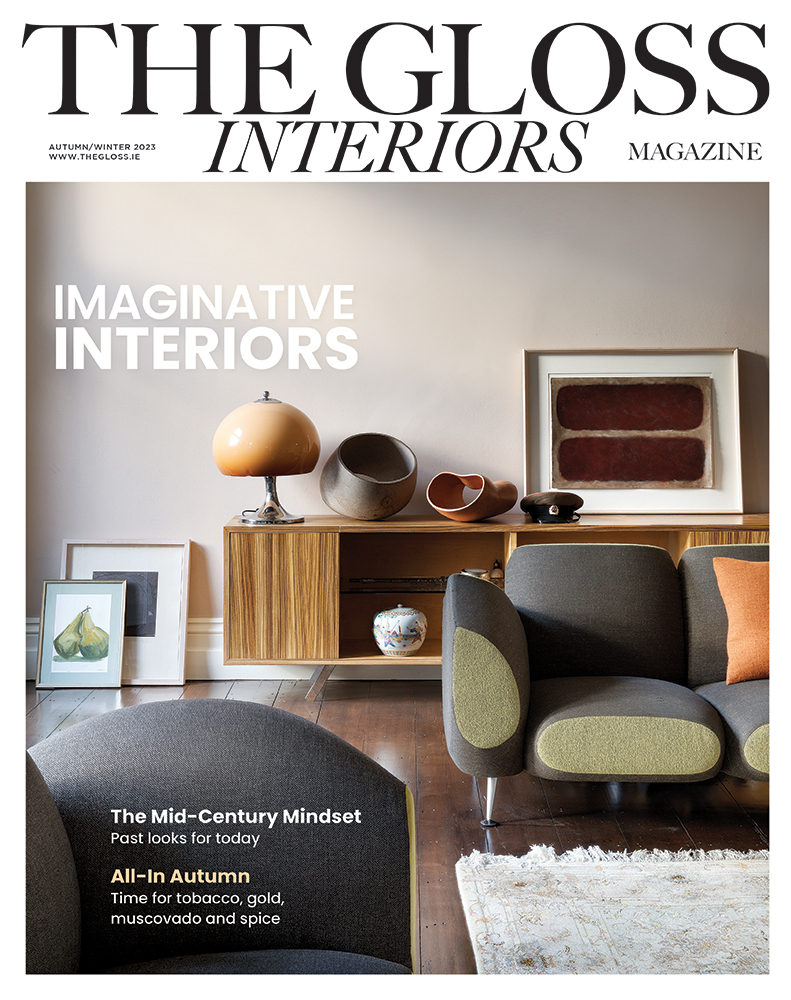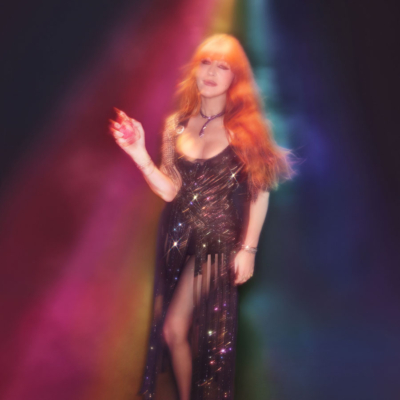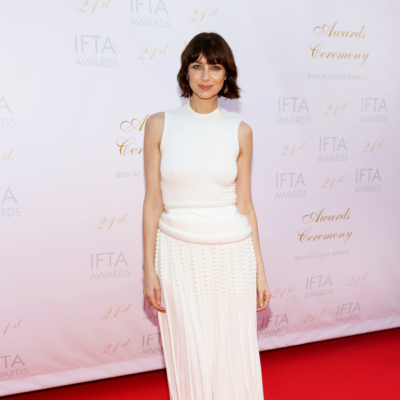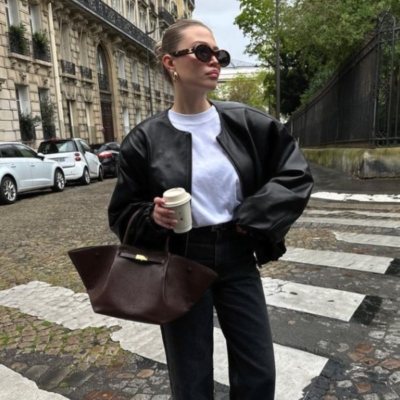When refurbishing a diplomatic residence in Ballsbridge in Dublin, historical references, contemporary design features and appropriate artwork were all considered …
It might not be immediately apparent why the discreet address on Ailesbury Road, Ballsbridge, Dublin 4 is significant. Historically, the property was built in 1881, part of Lord Pembroke’s estate, and was bought by Scottish inventor John Boyd Dunlop, whose name is on a plaque at the front of the building. The former veterinary doctor retired to Dublin from Belfast, where he developed the pneumatic tyre after watching his son experience difficulty stabilising his tricycle with wooden wheels. Dunlop later bought the adjoining house for his son and the properties remained in the family until the 1940s. A decade later, Dunlop’s home was acquired as the official residence of Belgian ambassadors to Ireland. The adjoining property was purchased in 1960 and the two houses are now joined to form one diplomatic residence. The current ambassador, Pierre-Emmanuel De Bauw and his wife Joëlle, use it as their home and to facilitate events.
“The Residence brings people together,” explains the ambassador, as he shows me into the formal dining room, set up in this instance for a luncheon to present exchange opportunities for academics. “The room itself can be reconfigured depending on the occasion – whether a cocktail, a conference or a dinner.” It’s decorated with a seamless mix of the De Bauws’ own and the Belgian government’s artworks, antique furniture and contemporary design pieces, part of an elegant 18-month refurbishment programme.
“When we moved in we discovered damp in the basement, and a kitchen which had not been updated since the 1950s,” recounts Joëlle, who admits to getting rid of a lot of random chairs upon arrival. “Any refurbishment of this nature needs three quotations before one is approved by the ministry of foreign affairs. The level of red tape can sometimes be overwhelming as well as slow.” Adamant that they would forge through some much-needed changes before their four-year tenure elapsed, Joëlle became the unofficial project manager and set about accumulating quotations and planning the decor.
“We wanted to respect the space while at the same time bringing in some warmth,” says Pierre-Emmanuel. “We also wanted to keep the antique furniture which has some value and add contemporary touches in keeping with Belgian design.” Interested in the historical context of the house, Joëlle visited the National Gallery of Ireland, Dublin Castle and the Irish Architectural Archive to research how period buildings were renovated. Initially the couple was drawn to strong colours but realised they had to be balanced. “We wanted the Residence to be welcoming and neutral rather than a reflection of our own tastes, though that is inevitable.”
Their home in Brussels is a 1970s-style property where they favour Luis Barragán-style flamboyance. Pierre-Emmanuel, who is the former Deputy Chief of Staff and Director of Media and Communications for the Belgian royal family, admits to being “a bit of an art collector”. I suspect that is an understatement – he especially enjoyed the opportunity to borrow from the art collection of the ministry back in Belgium, where he sourced a 19th-century painting by Albert Geudens. They have also acquired some Irish artworks, and favour Jean Bardon’s elegant gold botanical etchings.
As the De Bauws were unable to bring Belgian furniture and accessories from Brussels, they found an ideal partner in Philippa Grant from Minima on Dublin’s Hanover Quay. “Philippa immediately understood what we liked and offered proposals within our budget. We were able to get some key design pieces and offset them with more affordable basics.”
For the kitchen renovation, they worked with Mary Orr of McNally Living to create a functional and stylish renovation which would facilitate large-scale catering. A key date in the calendar is July 21, Belgium National Day, when a garden party for 600 people is usually held on the lawn, though not this year, of course. The Residence also has an original stone coach house, one of the few remaining in Dublin. In fact, in the last two and a half years the De Bauws estimate that some 6,000 visitors have visited the Residence, which points to the importance of Irish-Belgian diplomatic relations.
Pierre-Emmanuel explains that the strong Irish Belgian relationship dates back to the 17th century when Irish monks fled to Leuven, establishing an Irish college which still exists and is currently used for exchanges. Nowadays the relationship is anchored in the common membership of the European Union. Some 1,800 Belgians are registered as living in Ireland.
“We are the second trading partner of Ireland and both countries are affected by Brexit in the same way. We hope that the future relationship between the EU and the United Kingdom be as close as possible,” says Pierre-Emmanuel. “Belgium has long been investing in Ireland. Janssen Pharmaceutica [a Johnson & Johnson company] employs more than 1,000 people in the Cork area, where they conduct research and produce medicines. In recent years there have been a number of significant investments. Retail bank KBC Bank has become familiar to all in Ireland, as is the Independent News & Media Group [now the property of Belgian group Mediahuis]. Another example is the Cartamundi factory in Waterford, Belgian since 2015, which makes boardgames like Monopoly, in 41 languages, and sells them throughout Europe.” Pierre-Emmanuel also tells me about the sustainable initiatives Belgium has spearheaded – an offshore wind park [off the Louth coast] by Belgian offshore operator Parkwind is in its initial stages as is a waste management project [the second in Ireland by Indaver] in Cork.
As for the refurbishment programme, Joëlle says it is more or less complete. “We just have the window frames to do.” Last year they participated in Open House Dublin, a particular high point. “It reflected our role as a country and as a couple – engaging with the community,” says Pierre-Emmanuel. “It’s a way of giving back to the community which has welcomed us so warmly. While we will be here for four years, Belgium will be here forever.”
Photographs by Barbara Corsico

In front of the original fireplace is a new Febo armchair and Loto side table, both by Antonio Citterio for Maxalto. A Jean Bardon etching hangs to the right of the fireplace. The impressive antique desk was already in situ.
The living room is painted in a sand-pink Temple colour from Paint & Paper Library from MRCB Dublin. The “Living Doll” photograph on the left is by Belgian photographer Danielle van Zadenhoff. The neutral Venice sofas by Papadatos are offset with Hug armchairs from Arflex, upholstered in a Kvadrat velvet by Belgian designer Raf Simons; the Atollo table lamp in opal glass is from Oluce, while the Sungaya floor lamps are hand-stitched in leather with matching tassel and silk shades by Ochre; A wooden miniature Eames stool, by Vitra, all from Minima.


Joëlle’s idea was to create a feature wall in Zoffany’s Nostell Priory wallpaper, from MRCB, Dublin. The rug was commissioned and manufactured by Ege Carpets in Denmark. The cabinet is by Rimadesio at Minima, the consoles are by Sovet Italia. The Tatou floor light is by Patricia Urquiola for Flos at Minima. On the righthand wall is a contemporary artwork by Henri Michaux, from Pierre-Emmanuel’s own collection.

The Alcor sideboard in Shellac red, a particular favourite of the couple, was designed by Antonio Citterio for Maxalto, from Minima.

Pierre-Emmanuel and Joëlle De Bauw photographed at home.

This is a corner of the master bedroom. The curtains and upholstery were done by Colette Ward. By pure coincidence her seamstress mother was born in the house and is a direct descendant of John Boyd Dunlop, the original owner. On the wall are two colour pencil drawings by an anonymous Cuban artist found in a flea market in Cuba.

On the landing at the top of the stairs, a pair of Louis XVI chairs refurbished by Daly Antique Services. Above them are two antique Belgian etchings, one representing the castle of Laeken near Brussels (the residence of the King of Belgium); the other showing the valley of the Meuse river in southern Belgium.

In front of the original fireplace is a new Febo armchair and Loto side table, both by Antonio Citterio for Maxalto. A Jean Bardon etching hangs to the right of the fireplace. The impressive antique desk was already in situ.

The living room is painted in a sand-pink Temple colour from Paint & Paper Library from MRCB Dublin. The “Living Doll” photograph on the left is by Belgian photographer Danielle van Zadenhoff. The neutral Venice sofas by Papadatos are offset with Hug armchairs from Arflex, upholstered in a Kvadrat velvet by Belgian designer Raf Simons; the Atollo table lamp in opal glass is from Oluce, while the Sungaya floor lamps are hand-stitched in leather with matching tassel and silk shades by Ochre; A wooden miniature Eames stool, by Vitra, all from Minima.

Joëlle’s idea was to create a feature wall in Zoffany’s Nostell Priory wallpaper, from MRCB, Dublin. The rug was commissioned and manufactured by Ege Carpets in Denmark. The cabinet is by Rimadesio at Minima, the consoles are by Sovet Italia. The Tatou floor light is by Patricia Urquiola for Flos at Minima. On the righthand wall is a contemporary artwork by Henri Michaux, from Pierre-Emmanuel’s own collection.

The Alcor sideboard in Shellac red, a particular favourite of the couple, was designed by Antonio Citterio for Maxalto, from Minima.

Pierre-Emmanuel and Joëlle De Bauw photographed at home.

This is a corner of the master bedroom. The curtains and upholstery were done by Colette Ward. By pure coincidence her seamstress mother was born in the house and is a direct descendant of John Boyd Dunlop, the original owner. On the wall are two colour pencil drawings by an anonymous Cuban artist found in a flea market in Cuba.

On the landing at the top of the stairs, a pair of Louis XVI chairs refurbished by Daly Antique Services. Above them are two antique Belgian etchings, one representing the castle of Laeken near Brussels (the residence of the King of Belgium); the other showing the valley of the Meuse river in southern Belgium.
LOVETHEGLOSS.IE?
Sign up to our MAILING LIST now for a roundup of the latest fashion, beauty, interiors and entertaining news from THE GLOSS MAGAZINE’s daily dispatches.









